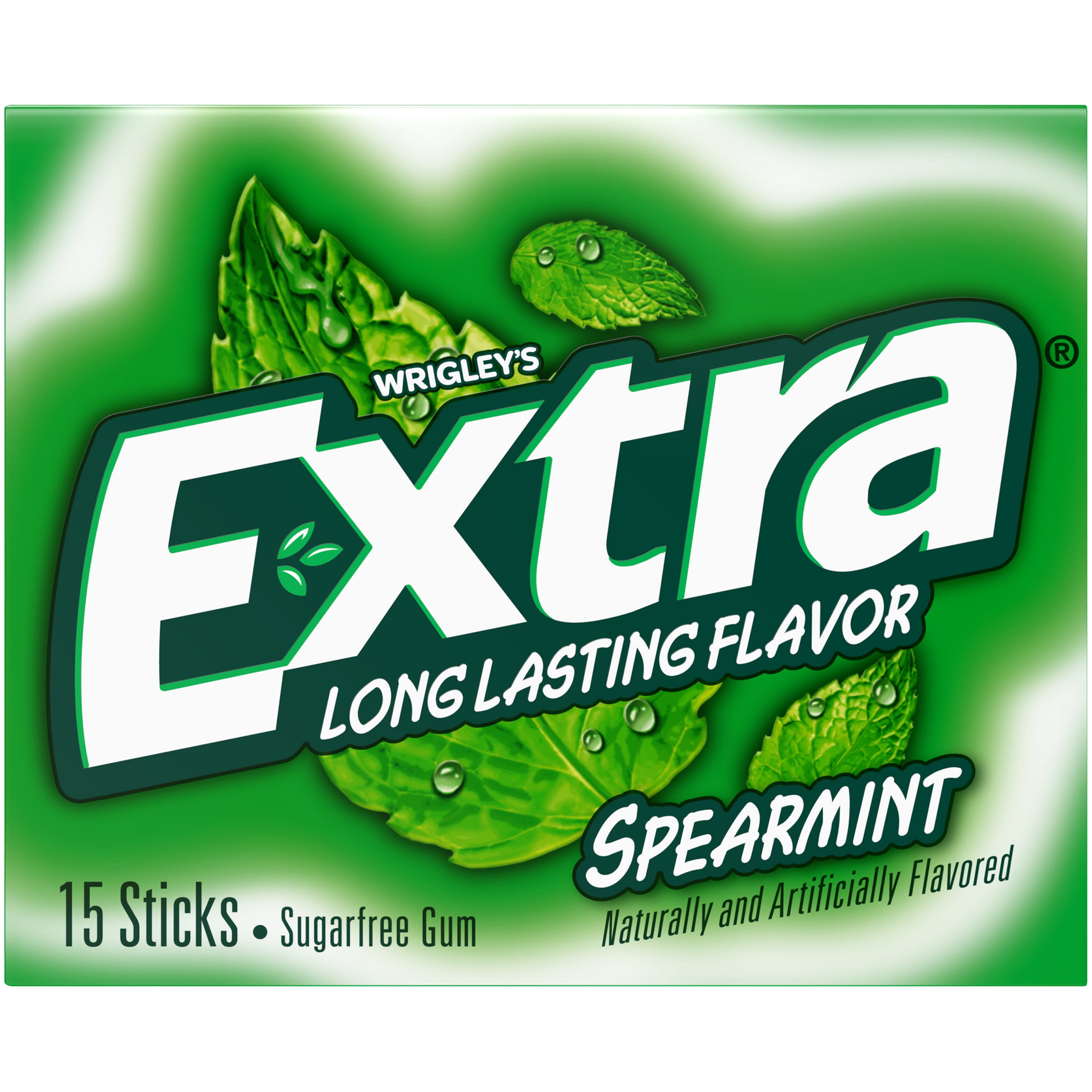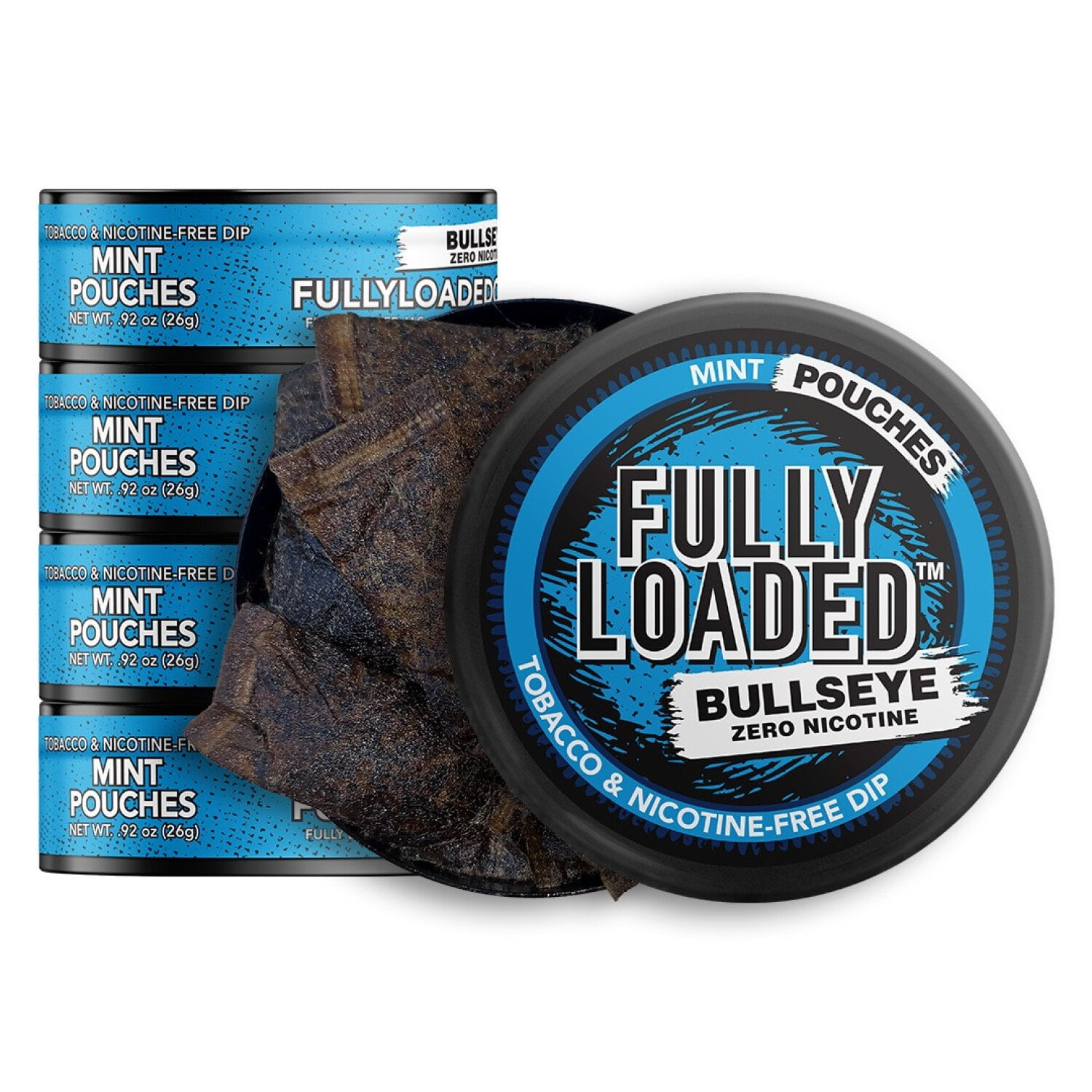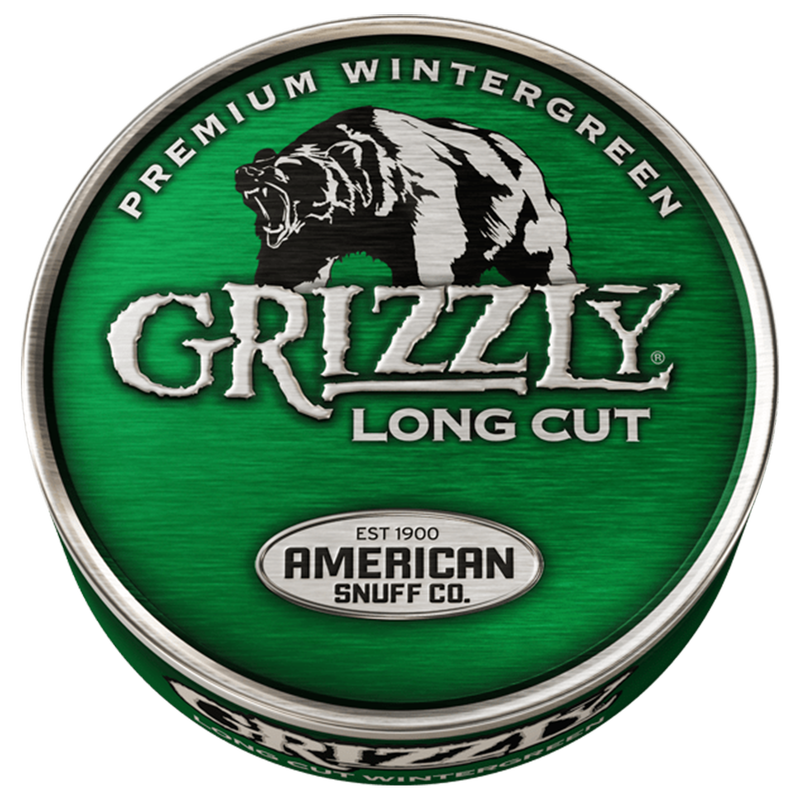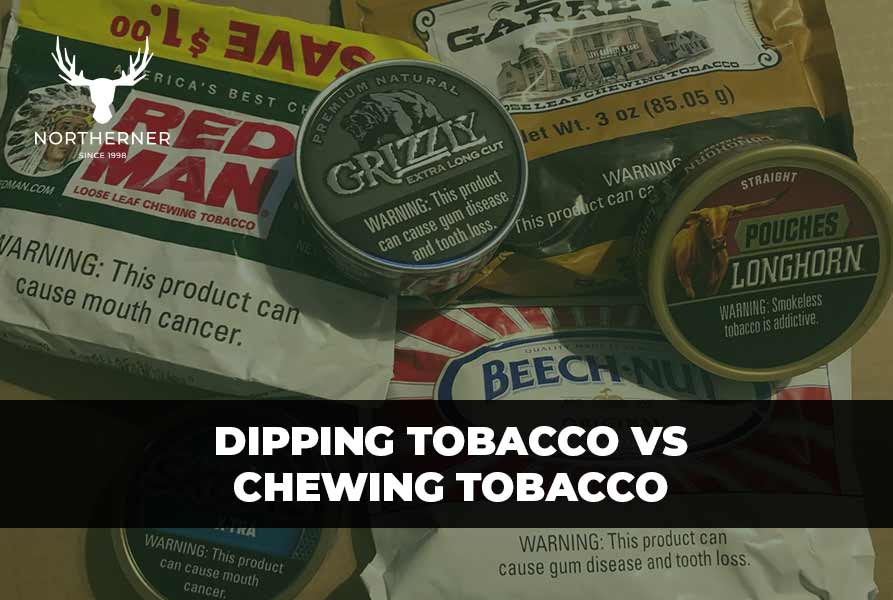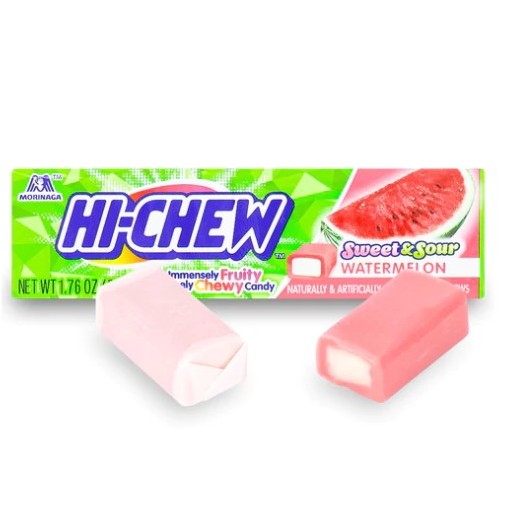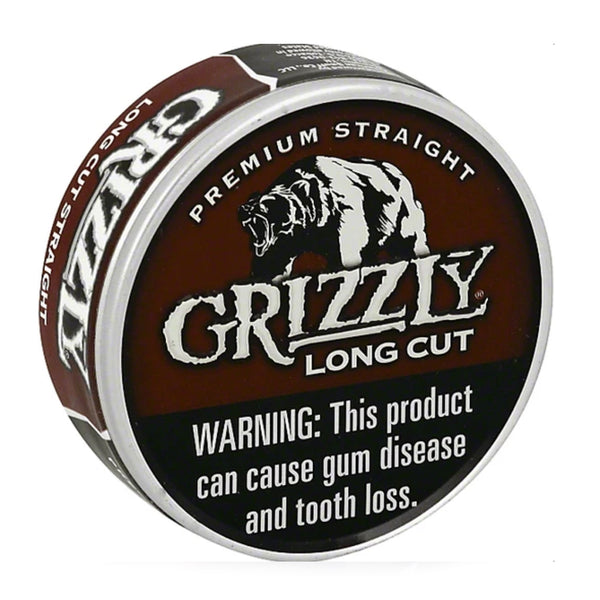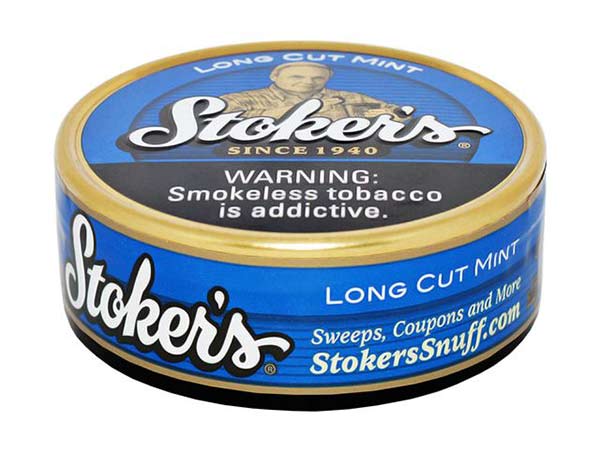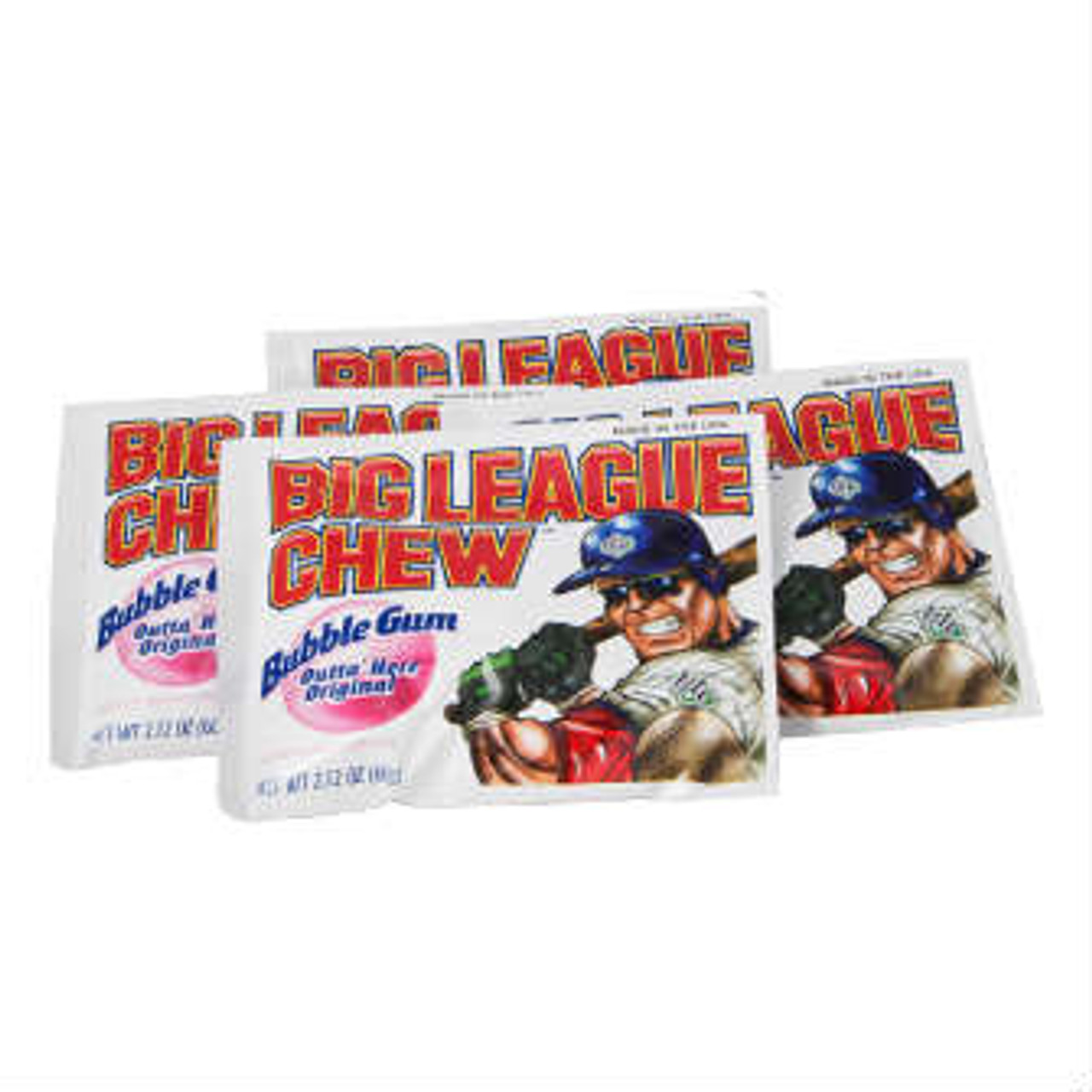How Much Does A Can Of Chew Cost
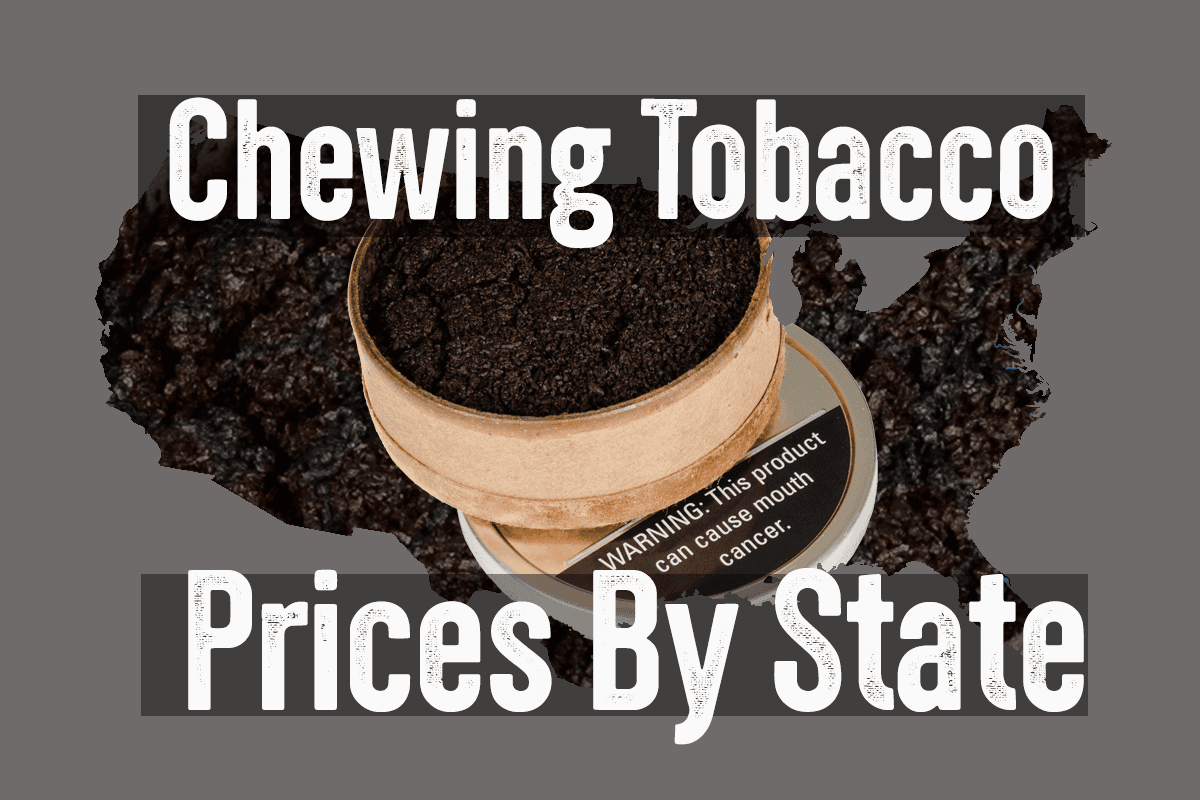
The price of smokeless tobacco, commonly known as chewing tobacco or chew, is a complex issue influenced by state taxes, brand popularity, and retail markups. Consumers across the United States often face varying costs, making it difficult to pinpoint a single, definitive price for a can of chew.
Understanding the factors that contribute to the cost of chew is crucial for both consumers and policymakers. This article delves into the current price landscape, exploring the regional variations and economic forces at play.
Understanding the Baseline Cost
The "sticker price" of a can of chew starts with the manufacturer's suggested retail price (MSRP). However, the MSRP is rarely the price consumers actually pay.
Wholesale costs, transportation, and retailer markups all contribute to the final price seen on store shelves.
State Excise Taxes: A Major Driver
One of the most significant factors affecting the price of chew is state excise taxes. These taxes vary widely from state to state, leading to substantial price differences across the country.
For example, states with high excise taxes on tobacco products, such as New York and Massachusetts, will naturally have much higher prices for chew compared to states with lower or no excise taxes, like Missouri or South Carolina.
Data from the Centers for Disease Control and Prevention (CDC) consistently highlights the disparities in state tobacco taxes.
Brand and Product Variations
The brand and specific type of chew also influence the price. Premium brands like Copenhagen and Skoal typically command higher prices than budget-friendly alternatives.
Different flavors and cuts (long cut, fine cut, pouches) within a brand can also have varying prices.
Larger can sizes usually offer a lower price per ounce compared to smaller cans, but the initial outlay is higher.
Retailer Markups and Location
Retailers, including convenience stores, gas stations, and tobacco shops, also factor in their own markups. These markups can vary depending on the store's location, overhead costs, and local competition.
Stores in urban areas or those with higher operating expenses may charge more for a can of chew than stores in rural areas with lower costs.
Online retailers sometimes offer competitive prices, but shipping costs can offset any potential savings.
A Look at Current Price Ranges
Based on recent surveys and market research, the average price of a can of chew in the United States generally falls within a broad range.
Expect to pay anywhere from $3 to $10 per can, depending on the factors mentioned above. Prices can fluctuate, so regularly checking prices at local retailers is important.
In states with low taxes and competitive retail environments, some consumers may find cans of chew for as little as $3 or $4.
The Impact on Consumers
The price of chew directly impacts consumers, particularly those who are low-income or heavily dependent on tobacco products. Higher prices can strain household budgets and potentially lead to difficult choices between necessities.
Some consumers might switch to cheaper brands or attempt to quit chewing altogether in response to rising prices.
On the other hand, those with strong brand loyalty may continue to purchase their preferred chew regardless of price increases.
"The cost of chew has definitely gone up over the years," says John M., a long-time smokeless tobacco user. "I've had to switch to cheaper brands to keep up."
The Role of Public Health
Public health advocates often support higher taxes on tobacco products, including chew, as a way to discourage consumption and reduce tobacco-related health problems.
Increased prices can serve as a deterrent, especially for young people who are more price-sensitive.
Revenue generated from tobacco taxes can be used to fund public health programs, including tobacco cessation initiatives.
Conclusion
Determining the exact cost of a can of chew is a moving target due to the many variables involved.
State excise taxes, brand preferences, and retail markups all play significant roles in shaping the final price consumers pay.
By understanding these factors, consumers can make informed purchasing decisions, and policymakers can better assess the impact of tobacco taxation on public health.

